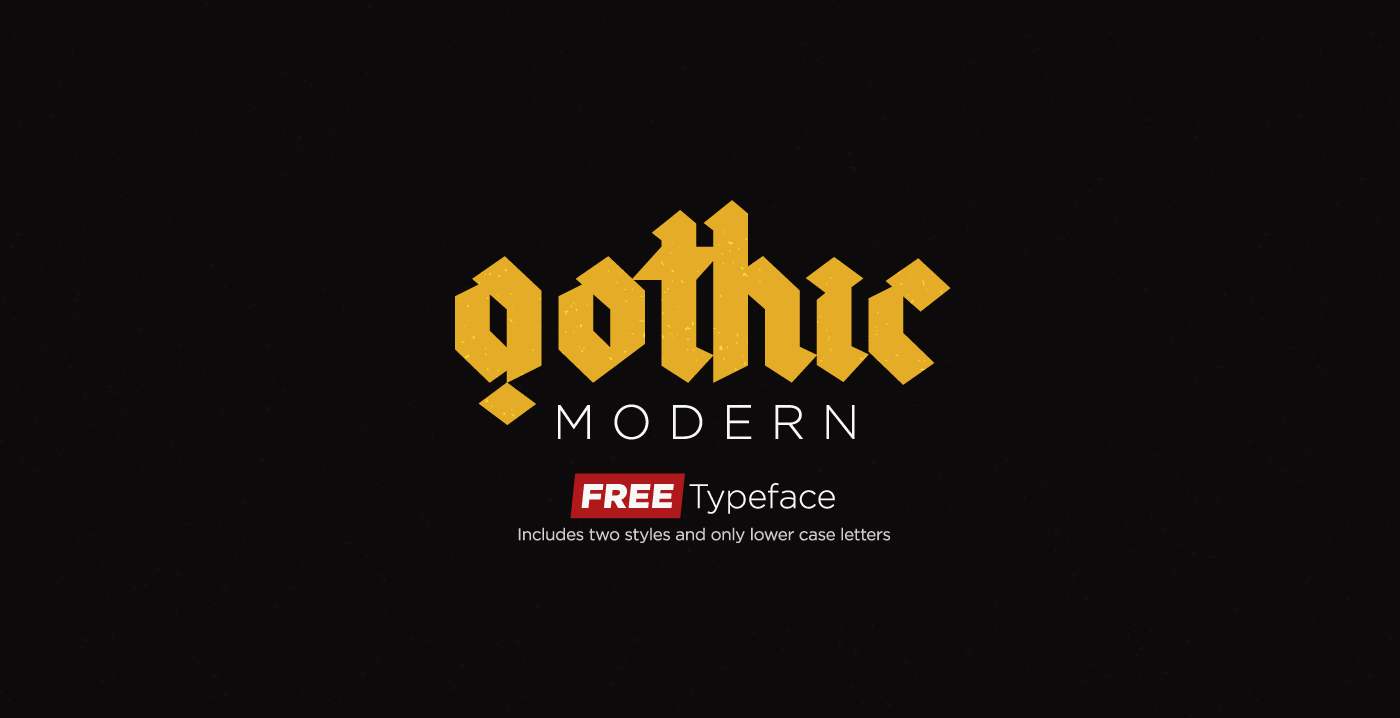

Labor-intensive Carolingian, though legible, was unable to effectively keep up. These books needed to be produced quickly to keep up with demand. Modern interpretation of blackletter script in the form of the font "Old English" which includes several anachronistic glyphs, such as Arabic numerals, ampersand (instead of Tironian et) and several punctuation marks, but lacks letter alternatives like long ⟨s⟩ and ⟨r⟩ rotunda, scribal abbreviations and ligatures, and contains several relatively modern versions of letters such as ⟨x⟩, which is confusable with the letter ⟨r⟩. Along with Italic type and Roman type, blackletter served as one of the major typefaces in the history of Western typography. Blackletter is sometimes referred to as Old English, but it is not to be confused with the Old English language, which predates blackletter by many centuries and was written in the insular script or in Futhorc. Fraktur is a notable script of this type, and sometimes the entire group of blackletter faces is incorrectly referred to as Fraktur. It continued to be commonly used for the Danish, Norwegian, and Swedish languages until the 1870s, Latvian language until the 1930s, and for the German language until the 1940s, when Hitler's distaste for the supposedly "Jewish-influenced" script saw it officially discontinued in 1941. For the distinction between, / / and ⟨ ⟩, see IPA § Brackets and transcription delimiters.īlackletter (sometimes black letter), also known as Gothic script, Gothic minuscule, or Textura, was a script used throughout Western Europe from approximately 1150 until the 17th century. For an introductory guide on IPA symbols, see Help:IPA. This article contains phonetic transcriptions in the International Phonetic Alphabet (IPA).

CENTURY GOTHIC TYPEFACE MEANING SOFTWARE
It’s a widely used font and is included in many software programs, including Microsoft Office and Adobe Creative Suite.1D504– 1D537, with some exceptions (see below) However, Century Gothic has a slightly larger x-height, giving it a more open and spacious appearance, while Futura has a more compact and tightly-spaced design. This is a popular basic typeface from Paul Renner. Thereout, One of the most notable features of Century Gothic is its similarity to another popular font, Futura Font. It is available in several weights and styles, including regular, bold, italic, and condensed, which provides versatility for designers. Its design is influenced by the Art Deco movement along with a modern and elegant appearance. You can use it in headings, subheadings, body text, and logos in various industries, including technology, fashion, and advertising. Besides, it has also high legibility, making it suitable for a variety of design projects, from print to digital media. This sans serif font has a clean and simple design, with rounded letterforms and a consistent stroke width. Moreover, It has a unique and modern look that sets it apart from other fonts, making it a popular choice for designers who want to create a clean and sophisticated look. Today, we can use other modern sans serif fonts to replace Gothic font such as Arial Font and Cocogoose Font.

It’s based on the earlier typeface, the 20th Century, but with a more modernized and simplified design. Century Gothic is a geometric sans-serif typeface from American typographer Morris Fuller Benton in 1930 for the American Type Founders (ATF).


 0 kommentar(er)
0 kommentar(er)
